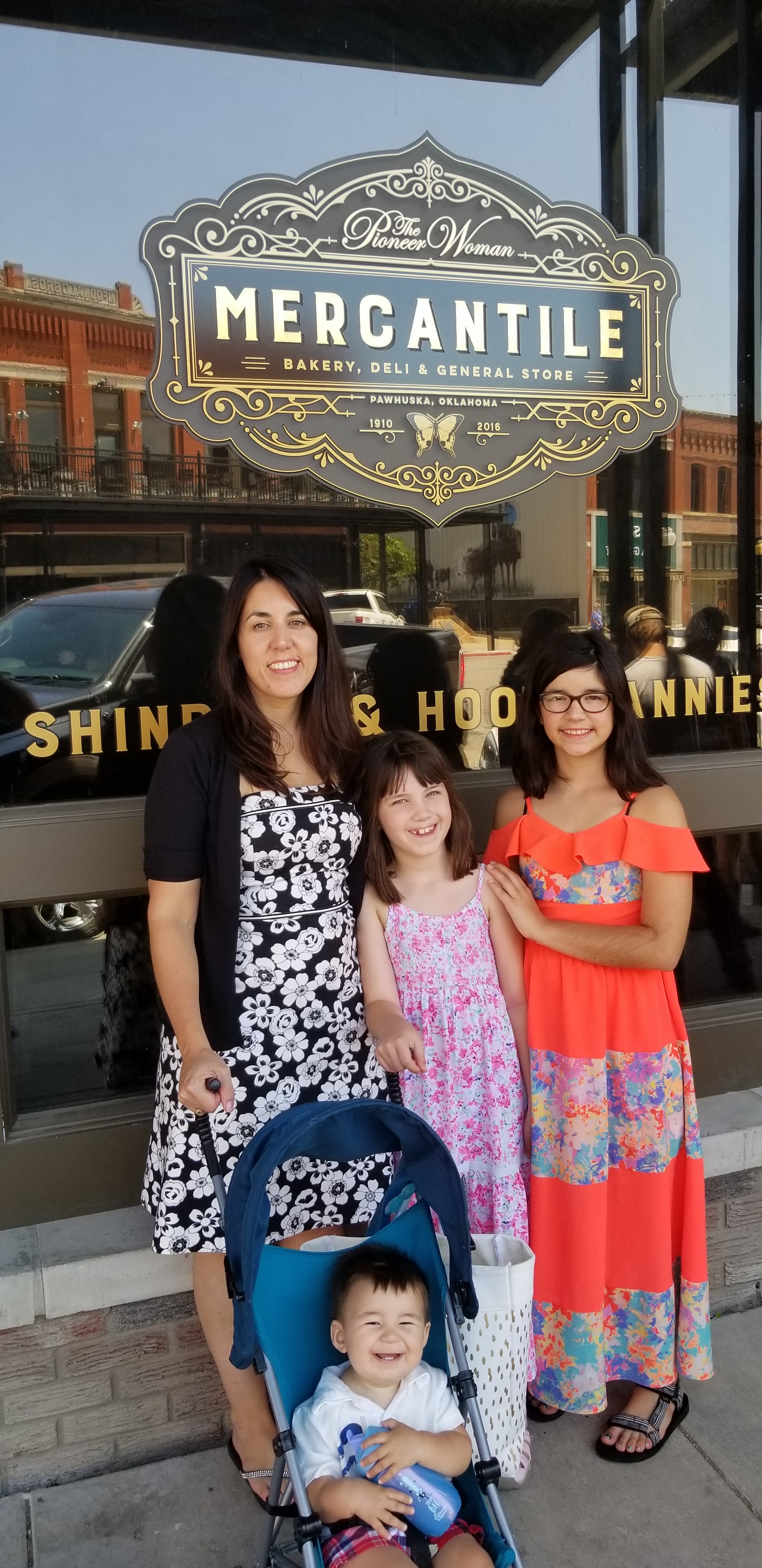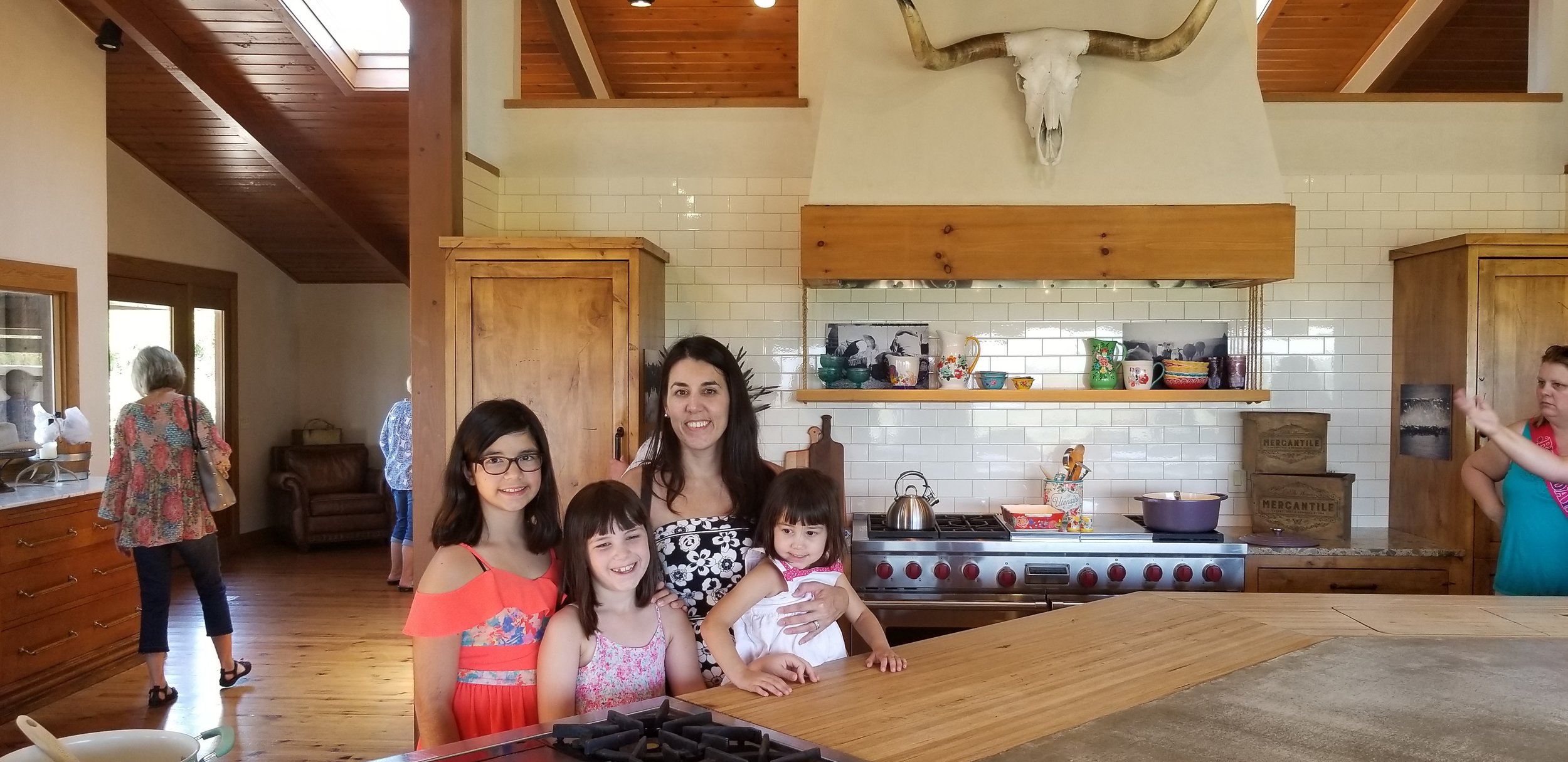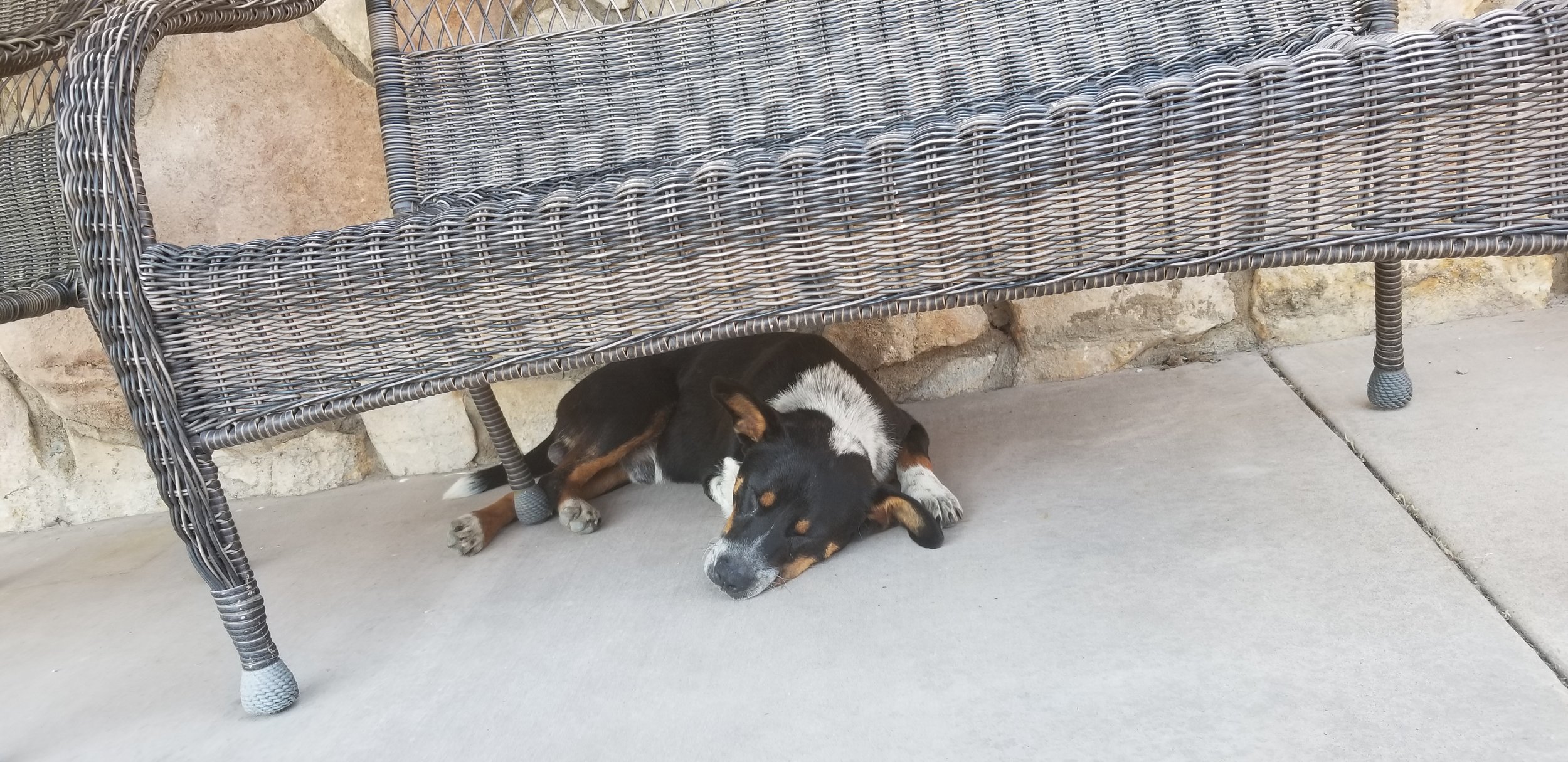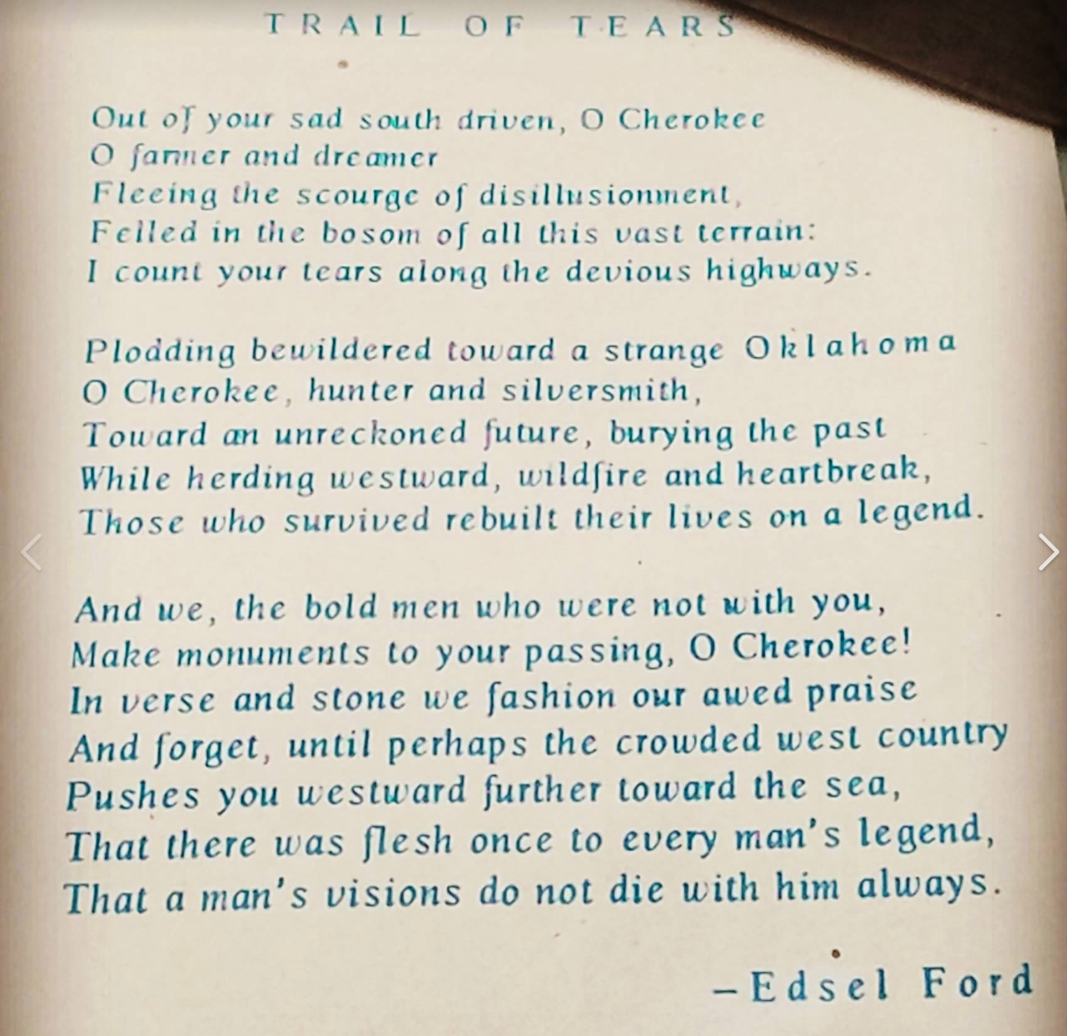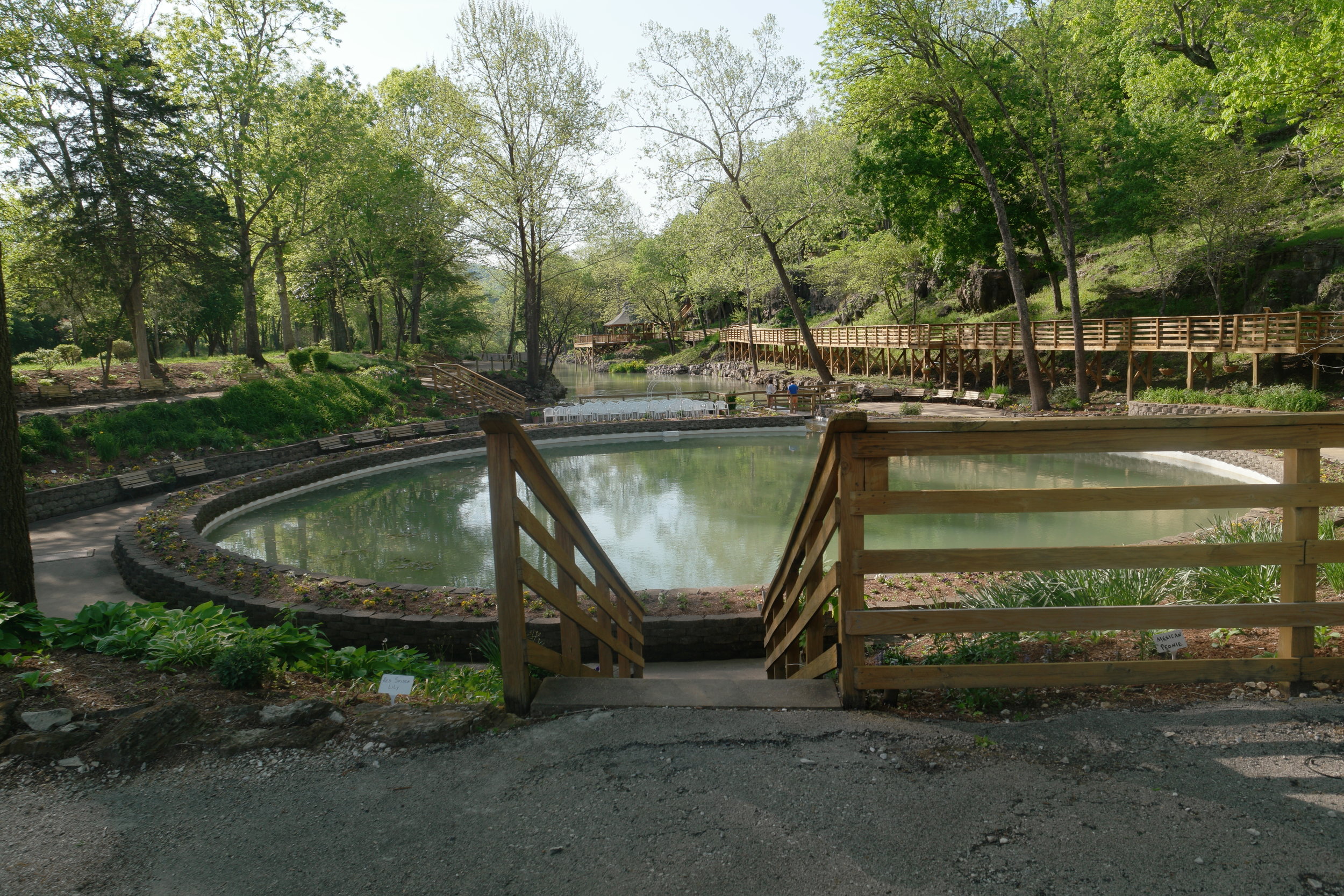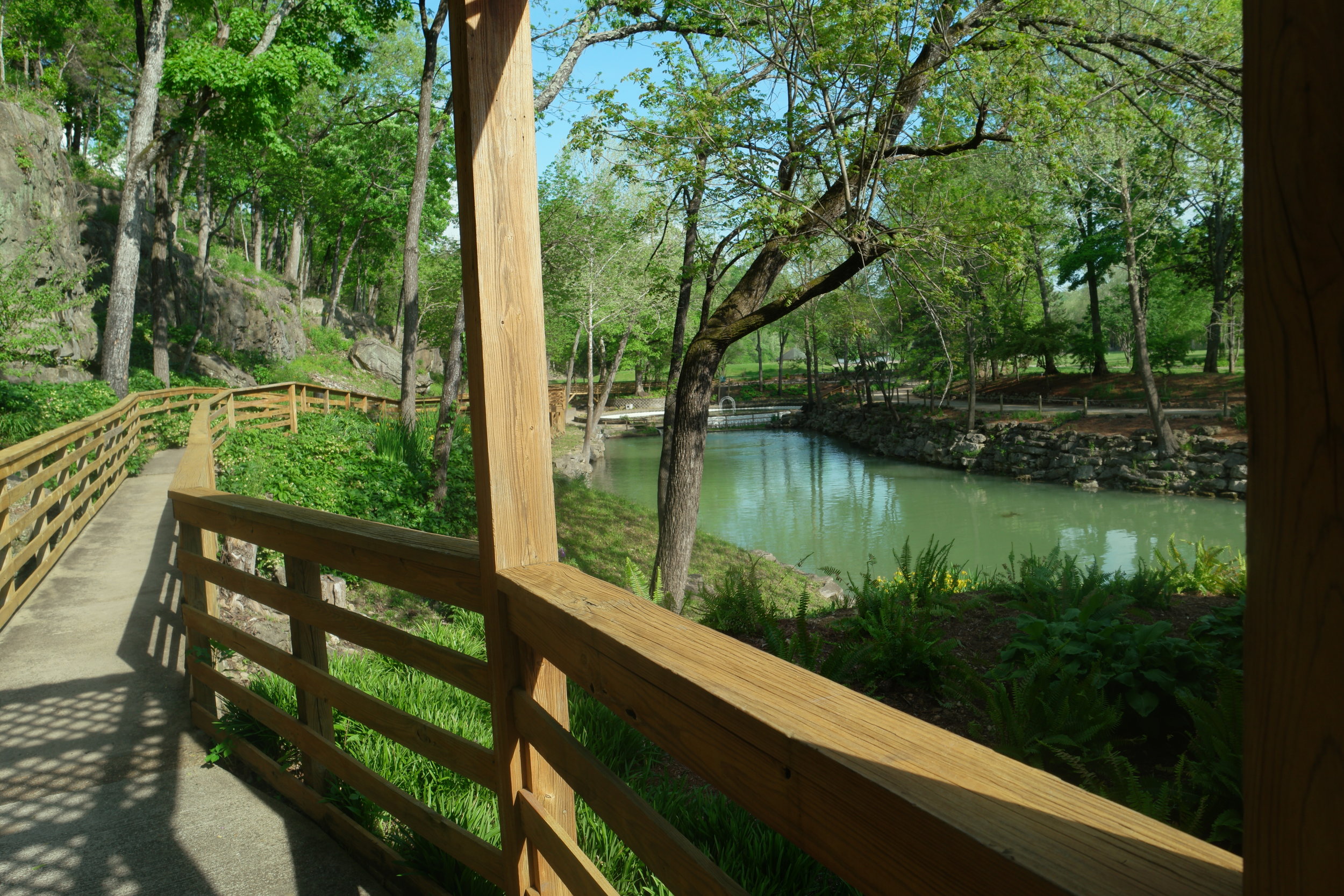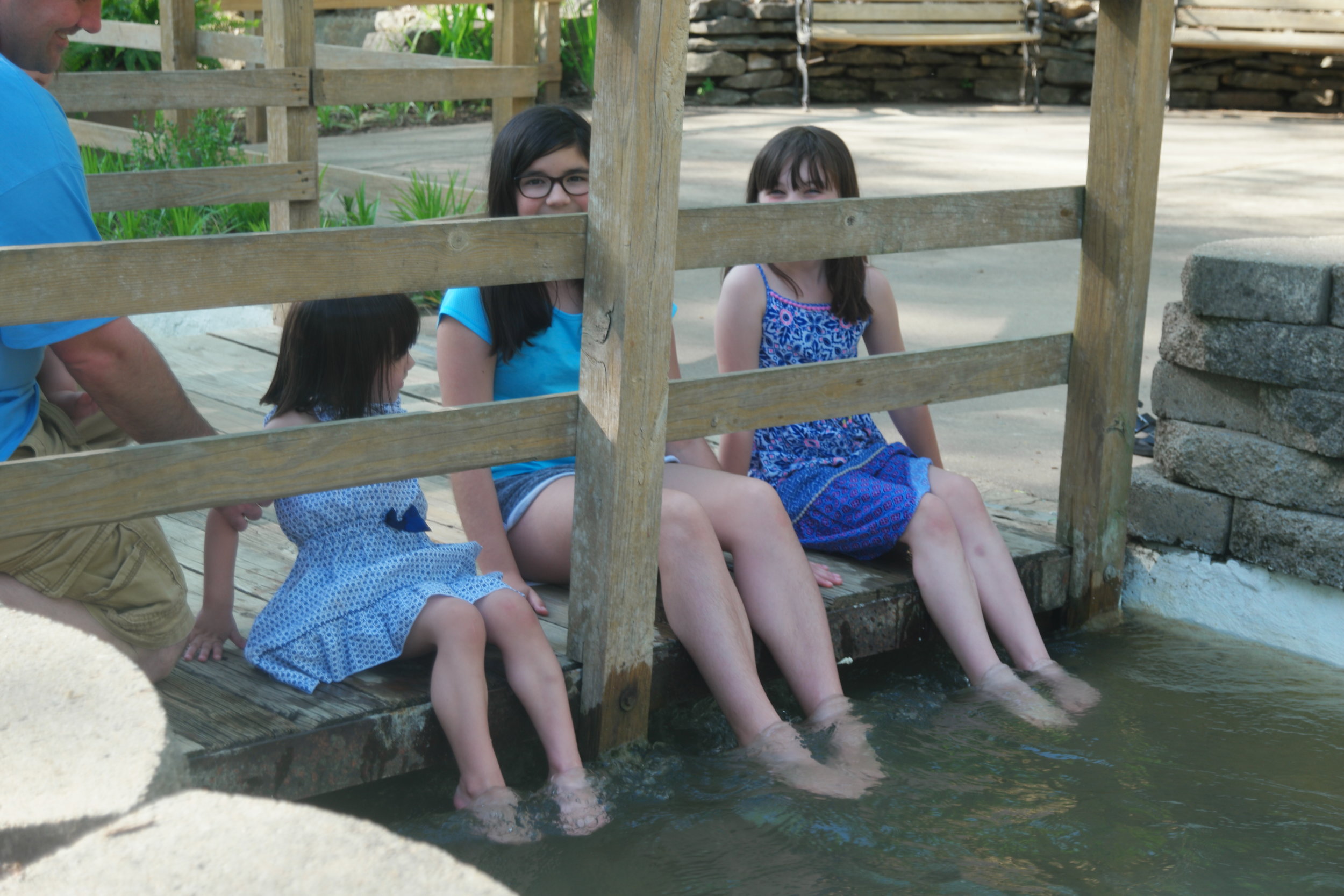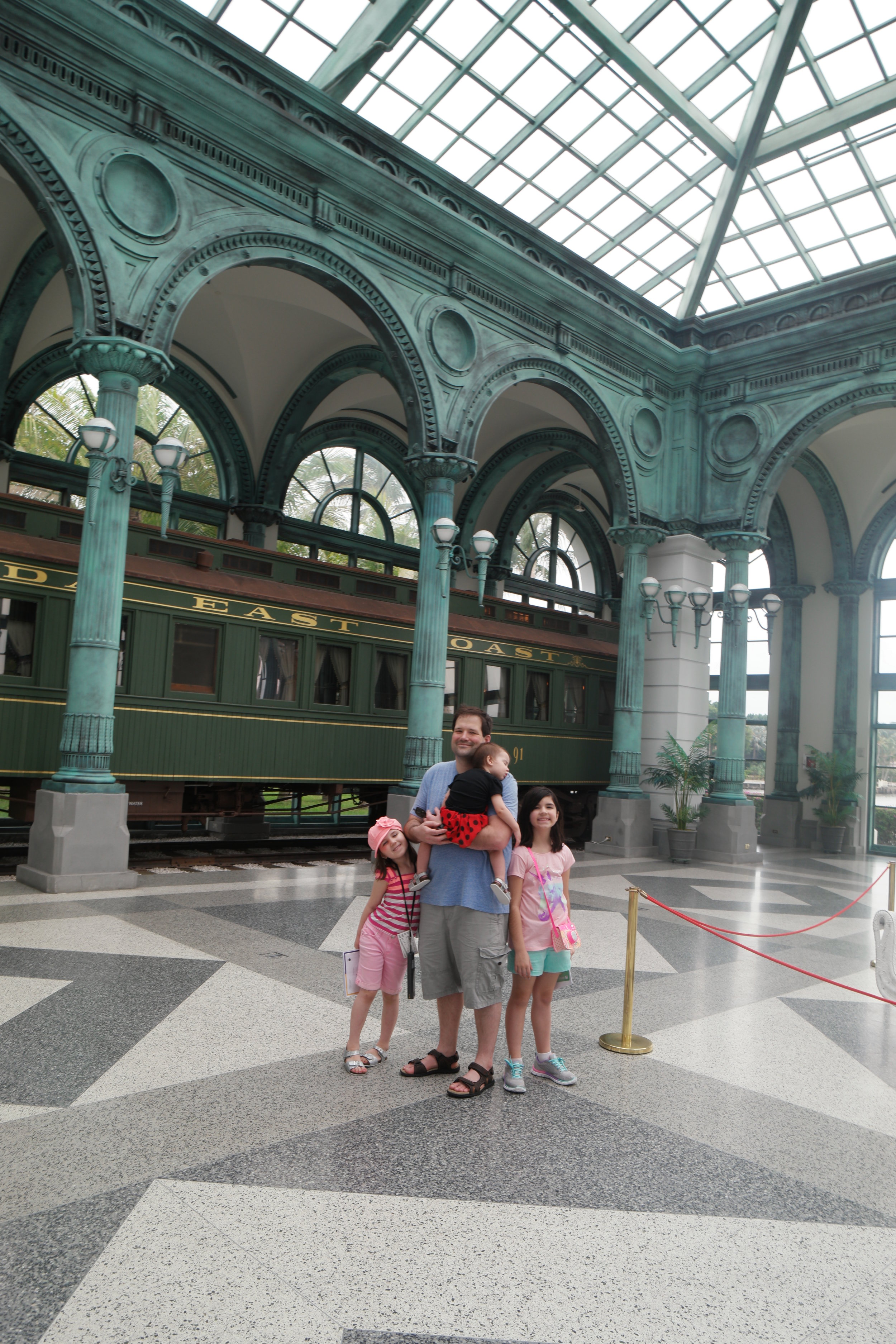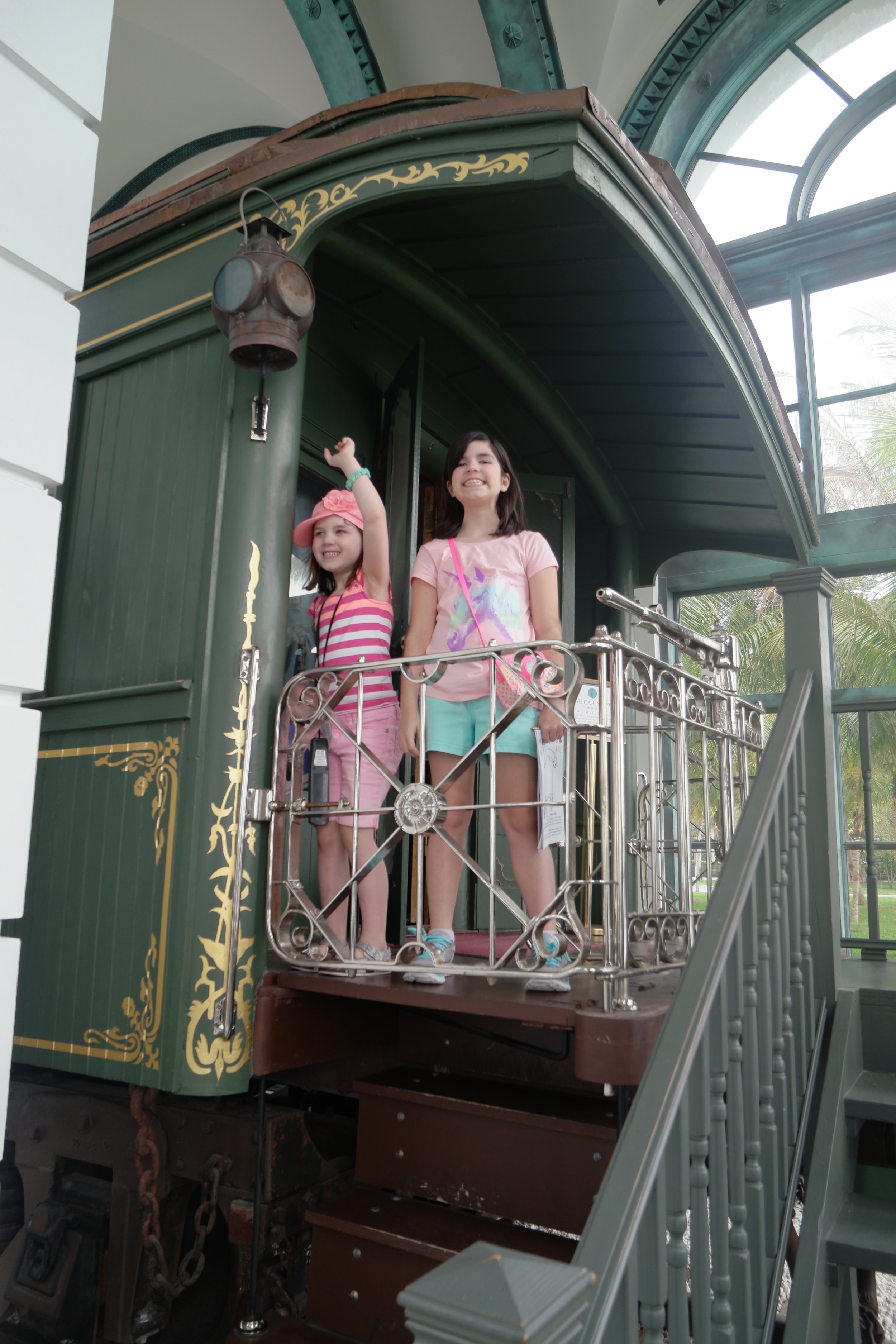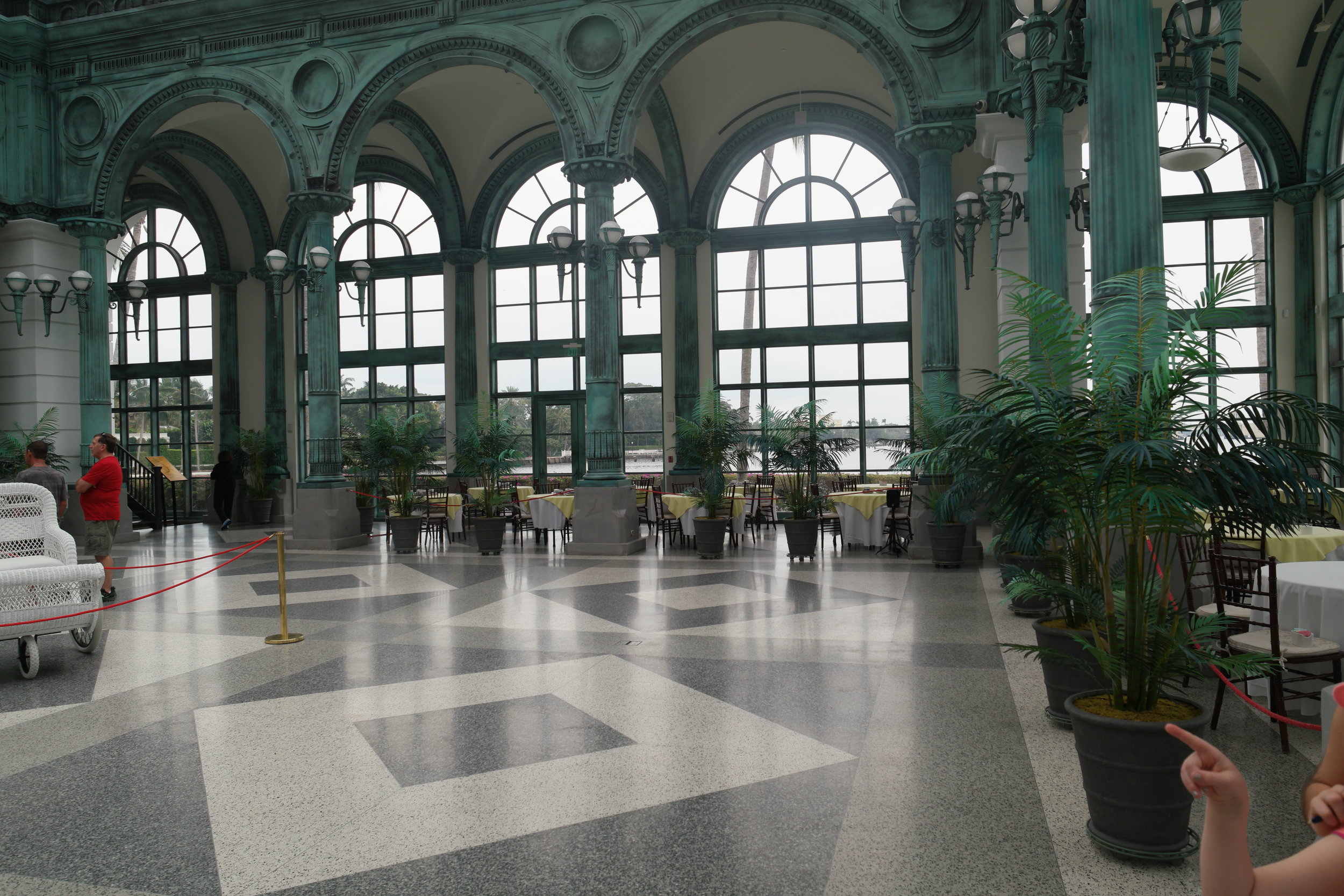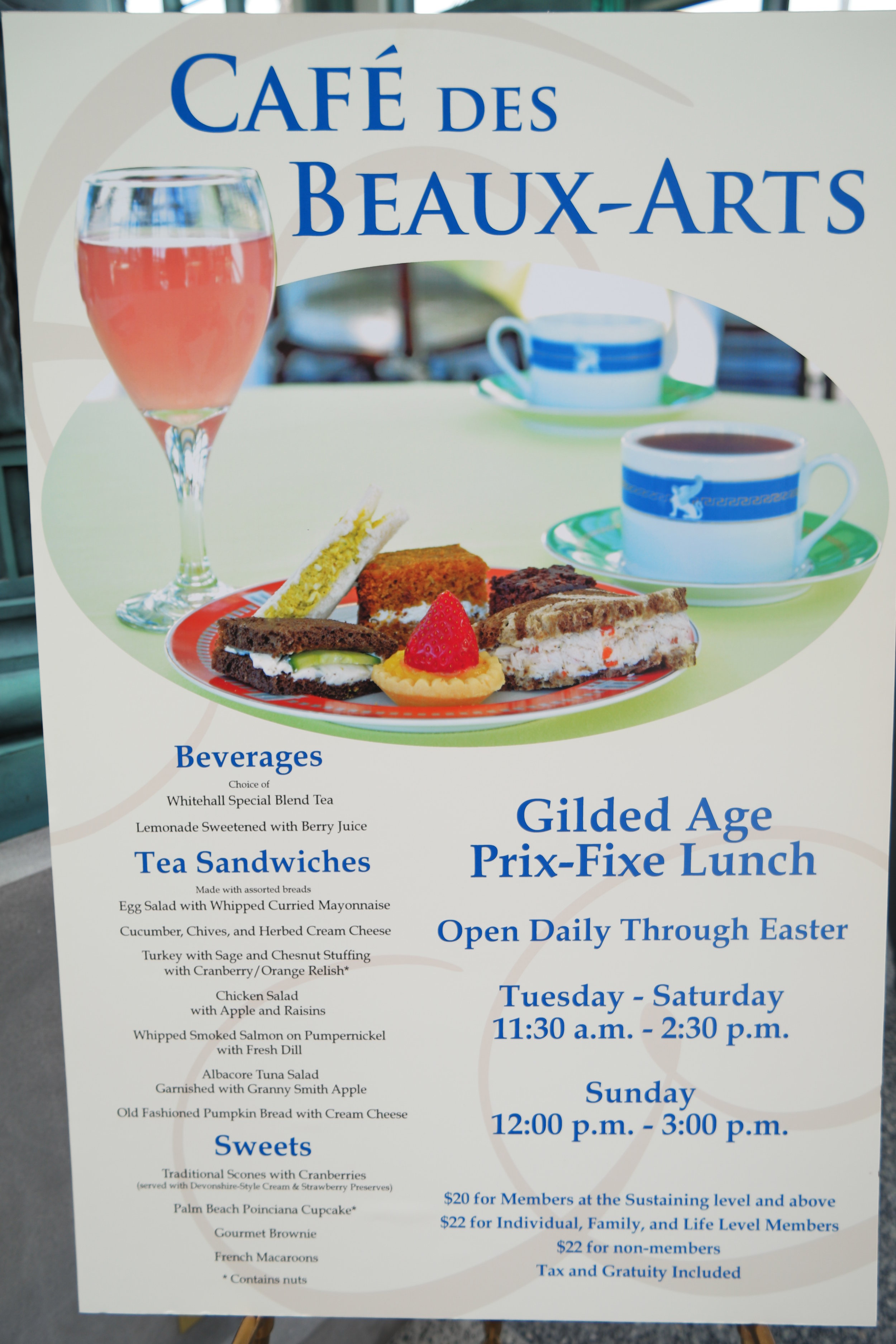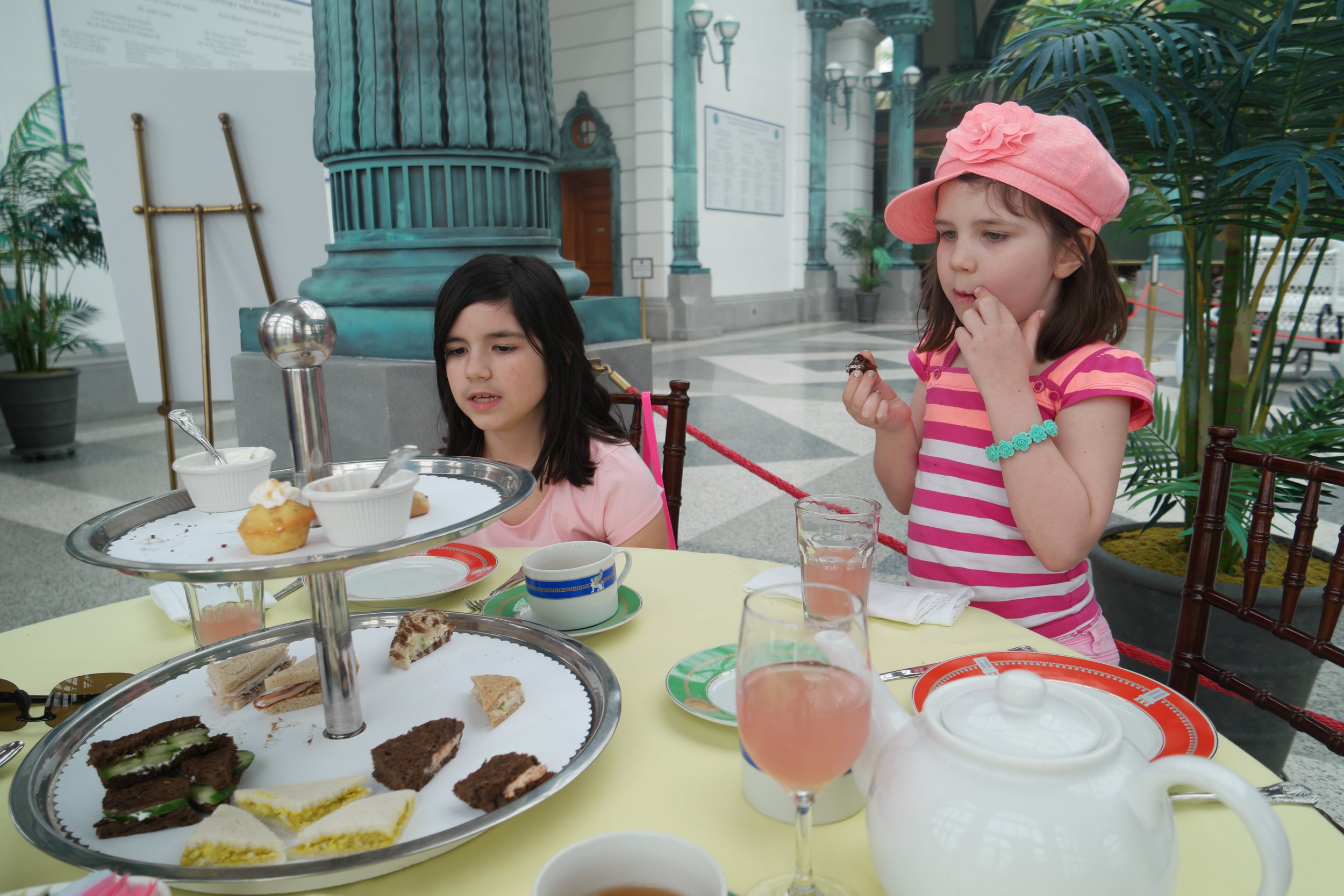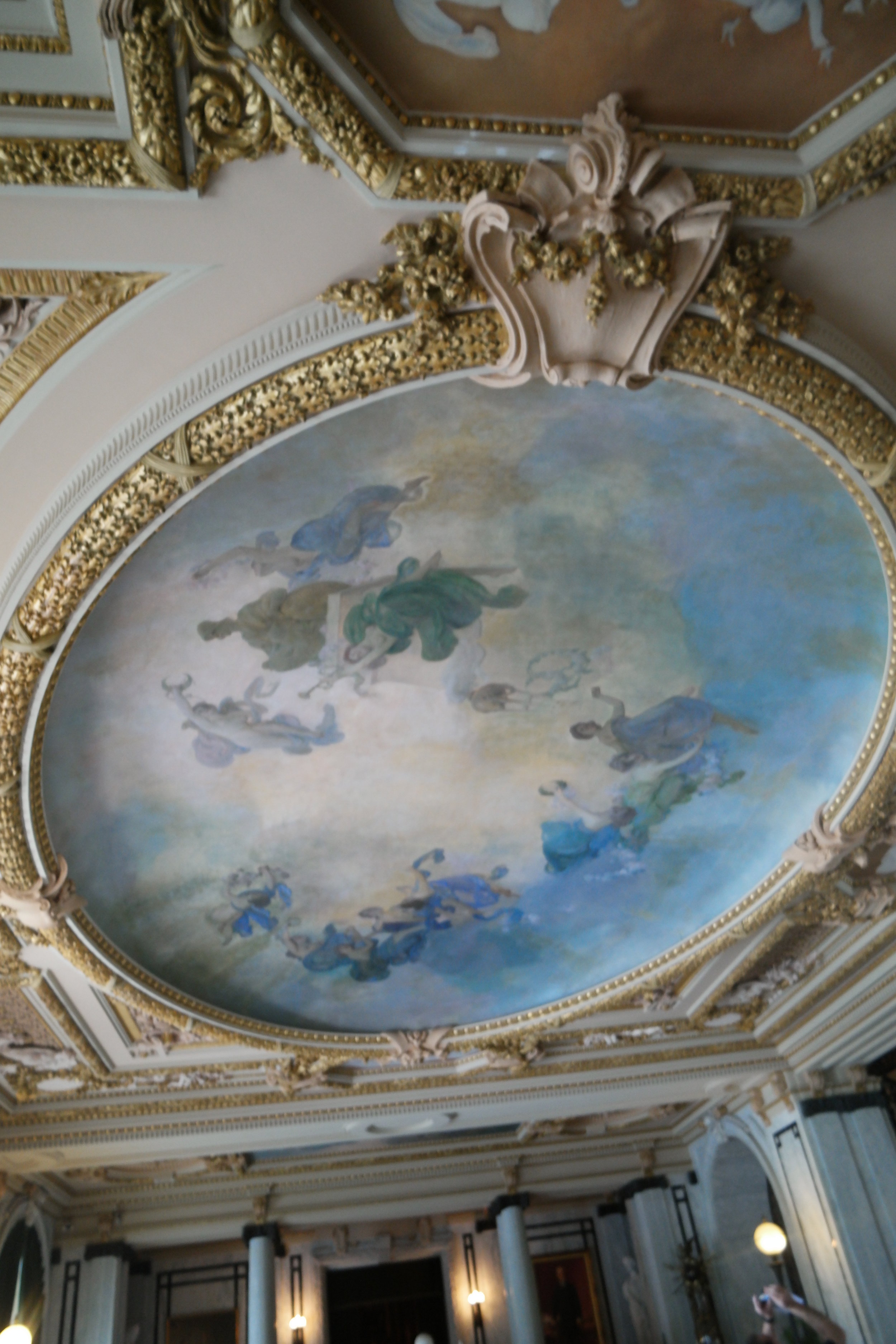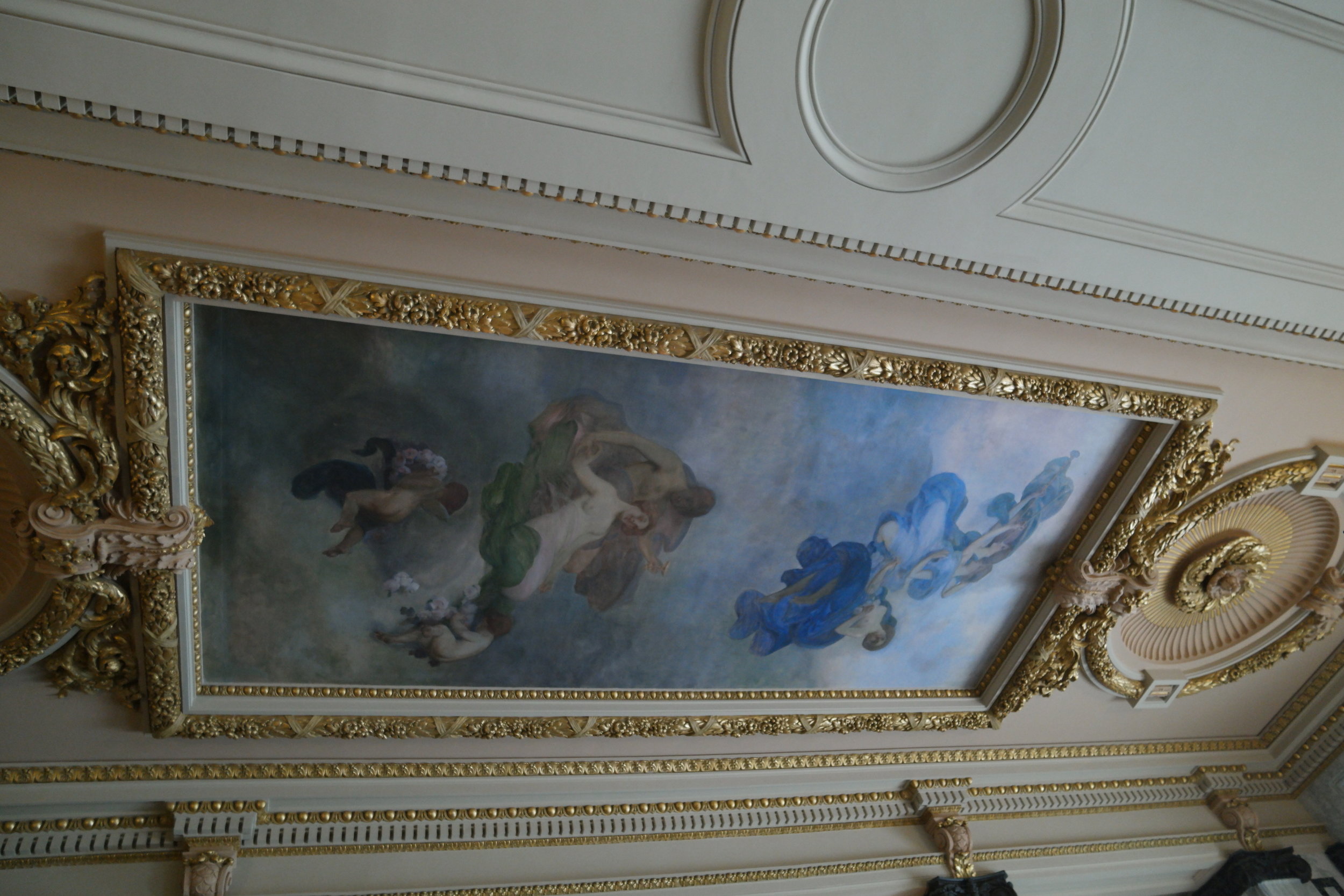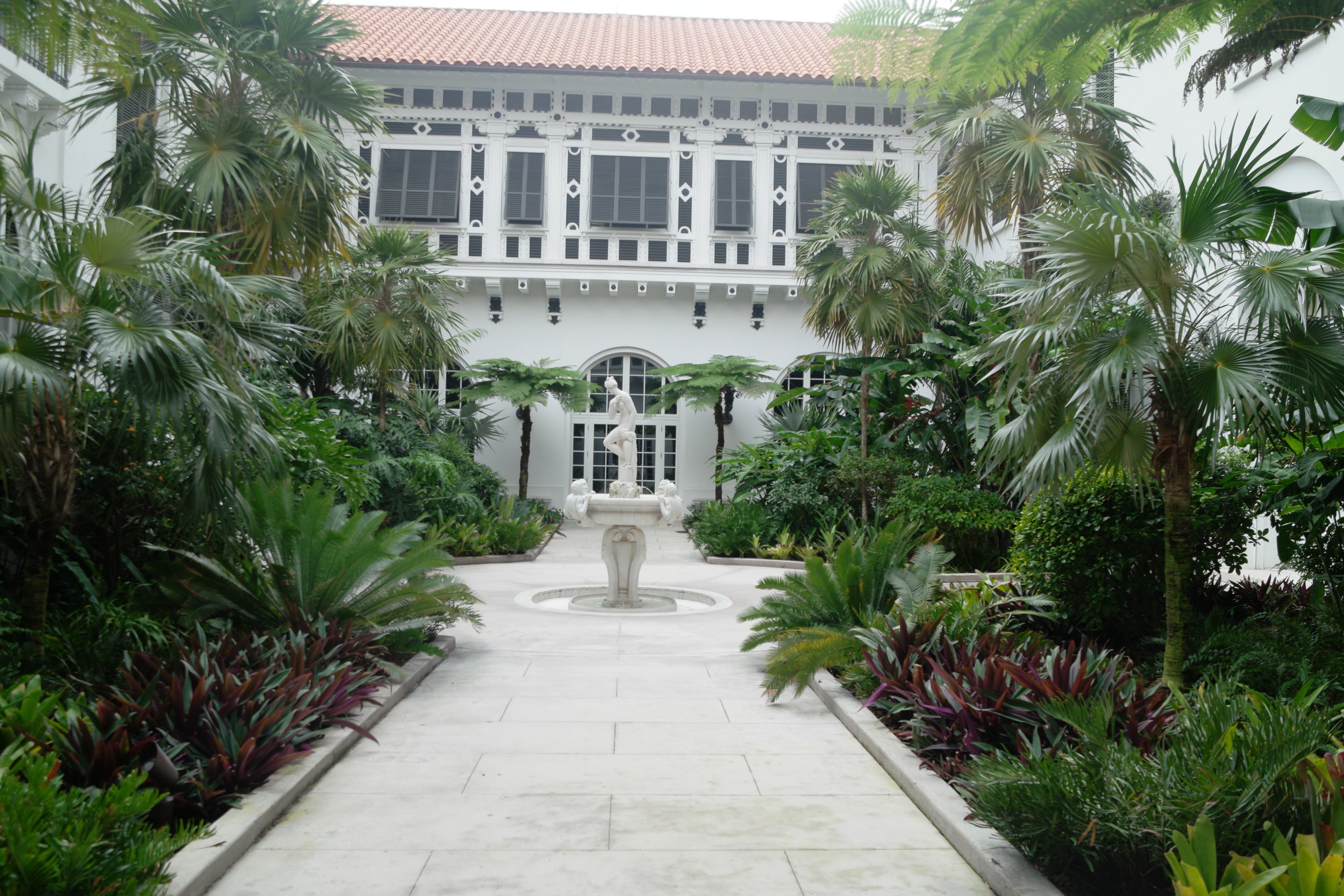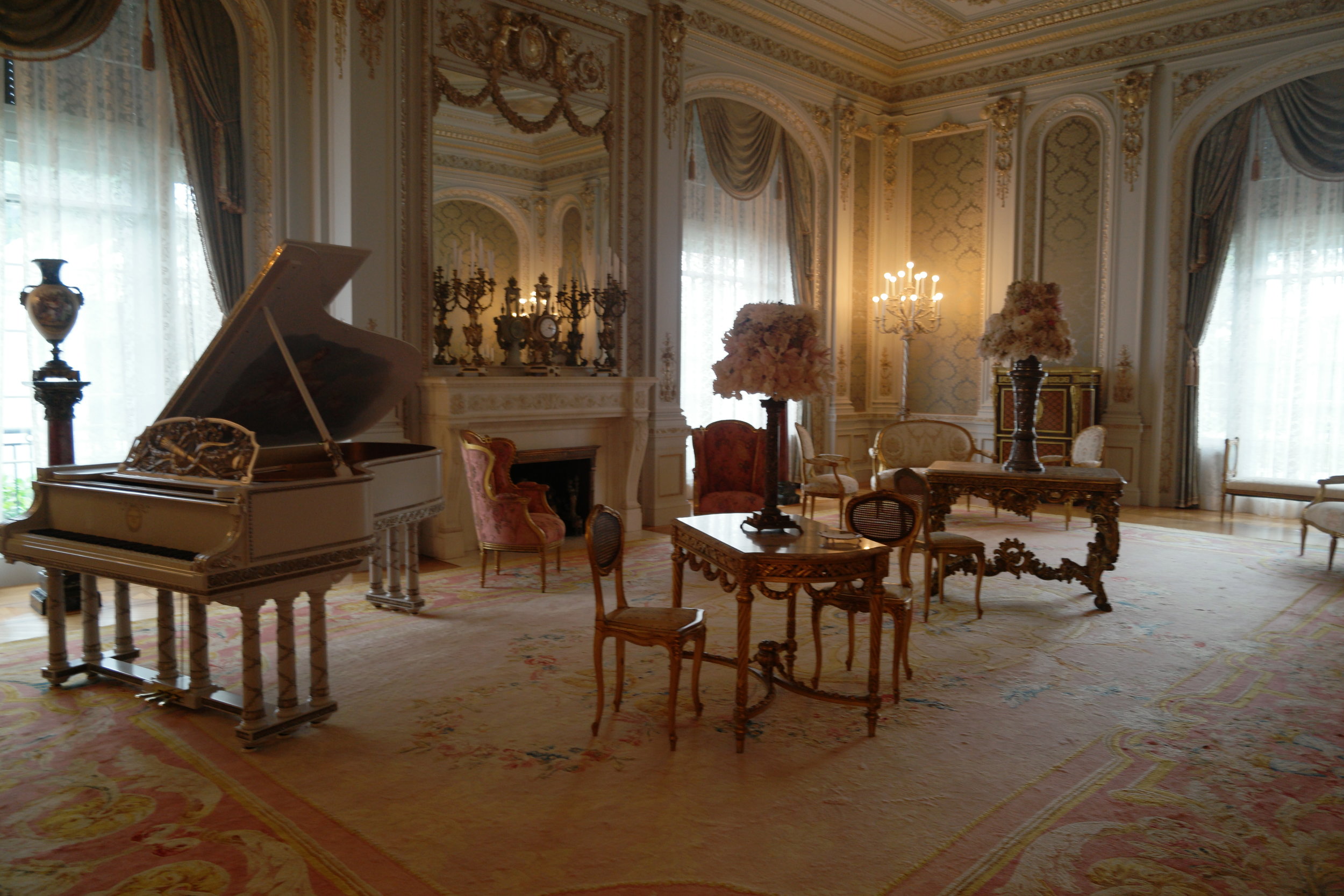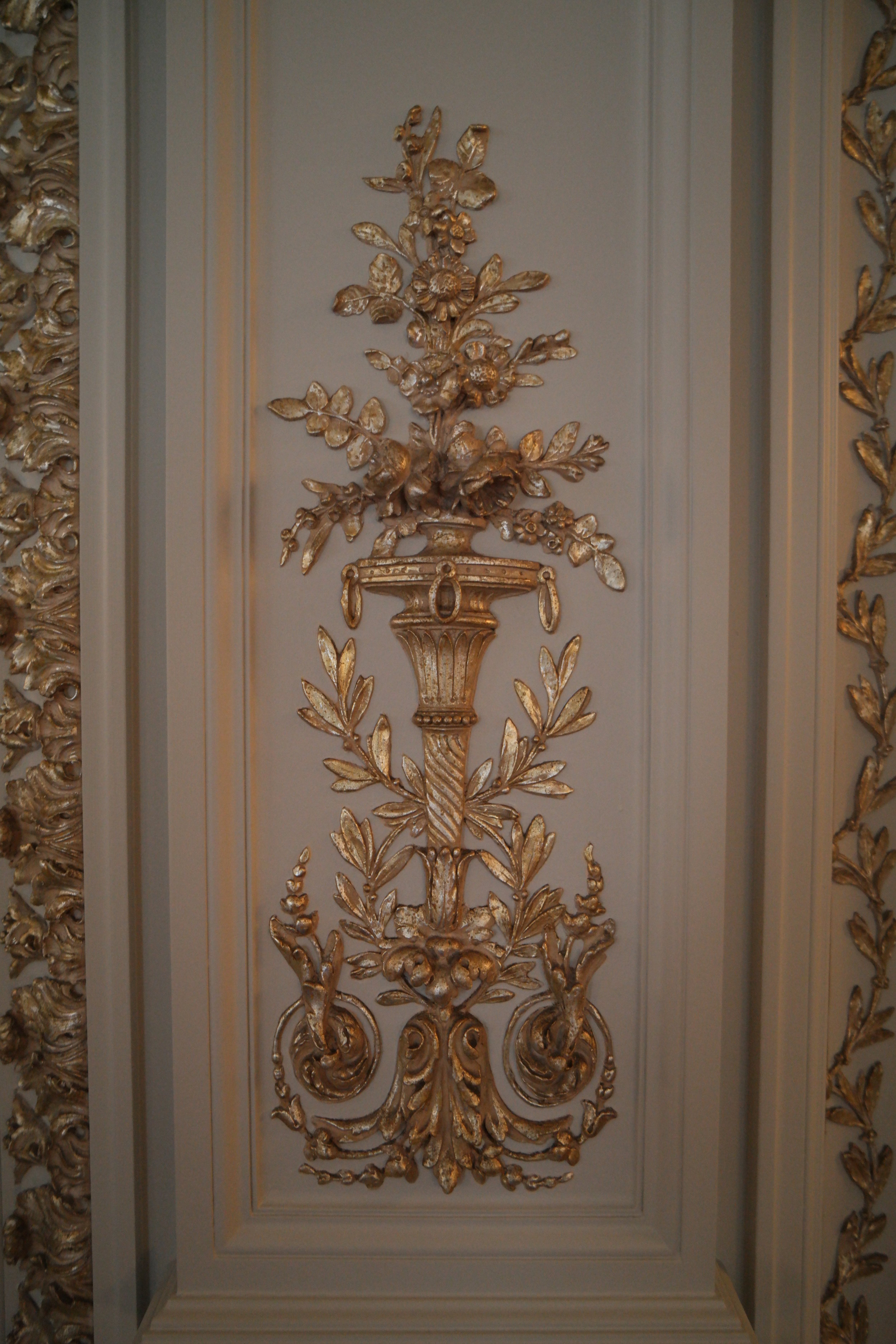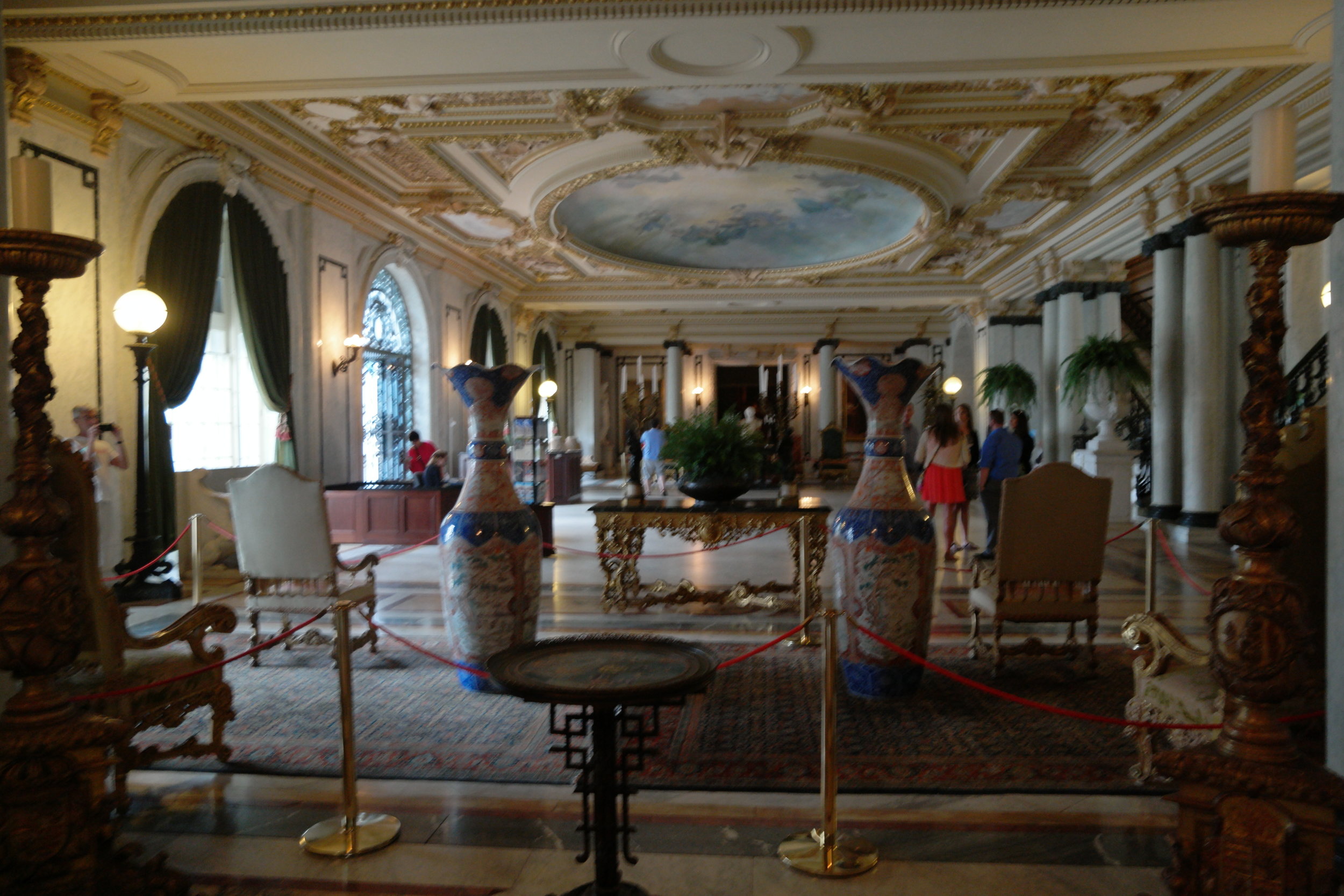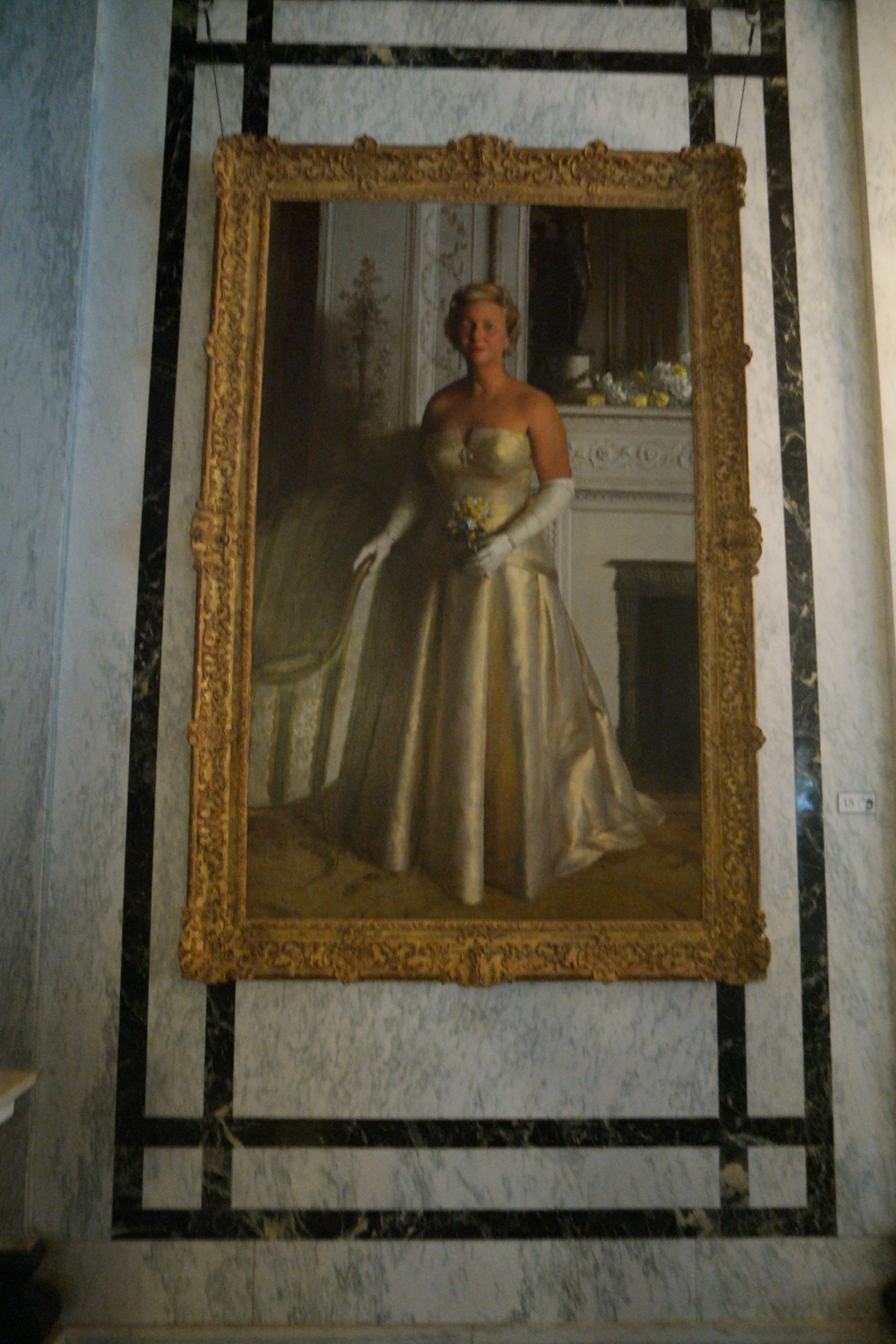This weekend we visited the Pioneer Woman's Mercantile and Lodge in Pawhuska, Oklahoma. The town is about an hour outside of Tulsa, and a beautiful day drive. Ree Drummond began her journey as a blogger, photographer, and home chef, and soon grew a food empire around the small town. Her show documented the renovation of the building now housing "The Mercantile" a 25,000 square foot store with a bakery, two coffee shops, a restaurant with indoor and outdoor seating, and retail store. The food is everything you would hope for - warm and welcoming, with a elegant touch and recipes influenced by the ranch. Next door, you will find her boutique hotel (which was booked solid in the first year rooms were released, I know because I tried to get a room!) The hotel has beautiful decor. If you are her fan, your best bet to a get a room is to subscribe to her newsletter and get updates!
Ree Drummond's idea was to bring back some of the business activity to Pawhuska, after the area's rise and fall as a oil town. Her blog and show chronicled the 4 and a half year renovation of the 1910 Osage Mercantile that she painstakingly took on with her family to bring the life back to the town. It is a very inspiring place to visit, as you can see her dream come full-circle. The attention to the true architectural history of the building is evident. You can view displays of her photography of the ranch, as well as an ample selection of well-curated fine food and kitchenware, as well as fun kids' toys. I picked up a Rosehip hibiscus syrup for seltzer and cocktails. The kids loved seeing the stuffed dolls of Ree's dogs on the show, and some of the children's books dedicated to her pets. Her store does not disappoint.
We began our tour at the Mercantile, where you go to pick up tickets for the lodge tour (which is where the show is filmed). We were surprised by the site of hundreds of visitors lining the streets of the little downtown area. It was a happy site, especially because it was so well-managed by employees eager to help us.
The lodge is only open select dates. The staff person on the outside line noticed we had a big family, so she offered to grab our ticket inside, and we waited for her and she brought the ticket to us!
We noticed that people waiting to eat at her restaurant were being entertained with friendly conversation, and even umbrellas to stay out of the sun! I heard that at times (when there is a wait for the restaurant) they give out water, play games, and explain the history of the area. The food looked fabulous and everything on the menu is very reasonable for the quality (from $10-$20). Do not miss the pecan pie-it is also available upstairs at the bakery to go-it is the best I've ever had-and I lived in Texas which is Pecan Pie Capitol, I am not exaggerating about this Pecan Pie-trust me, try it.
The store really is a family-affair and visitors often get to interact with family members at different times, and to our surprise at the end of our tour we got to meet Ree herself in the upstairs coffee shop, where she was signing cookbooks. The welcoming environment really made us feel at home.
The ticket for the lodge tour is free and it provides a map of how to get to the Pioneer Woman Lodge. Although you will not see the actual home, the lodge is on the property and you will pass the "Drummond Family" Ranch sign on the way. The road is a gravel road-so your car will get a bit dirty, but is totally worth it-you will see many of the familiar sights from the show and experience the beauty of the countryside.
The lodge is the exact location where her food network show is filmed. A guide wanders around willingly offering information about how the show is filmed, the history of the area, and friendly conversation about anything you want to know about!
My daughter Lilliana, has been an avid fan of her show since she was 3. As in, she would rather watch the Pioneer Woman's cooking show, than a cartoon. I have such great memories of cooking with all of the kids, so this trip really was a way to celebrate our love of cooking as a family. The view is beautiful - and the sights of the ranch and scenery above the hill are very peaceful to take in. On the tour, you can see her big kitchen, cooking utensils and food lining various pantries, as well as the guest rooms, outdoor space, and the family area. You really feel at home, and are allowed to explore the lodge at your own leisure. It is a very relaxed feel - and in case you are wondering- you might catch a glimpse- like we did of the dogs that are on the show lounging away in front of the lodge. It is really apparent that the dogs are just chilling as they do on the show.
It was fun to see her different hand-painted kitchen-aides up close, and also see the catering kitchen that is not on the show in the back. There is no room that is off limits, which is pretty amazing, as you really feel like you are fully immersed in the set of the show. It is much bigger than it appears on TV and it lets you appreciate the authentic nature of the show on a fully working ranch.
From there, we went back to the Mercantile. I picked up a Rosehip hibiscus syrup for seltzer and cocktails.We decided to go upstairs to the bakery to grab some coffee & dessert, to discover that the Pioneer Woman was signing autographs, so we quickly bought a cookbook for her to sign.
She was authentic and gracious - even being the last family in the line we felt that she took her time with us and got to know our family. It is apparent that she really loves what she does. She was so warm and played with our baby - Jeremy- who gave her lots of smiles. This was just a beautiful end to a wonderful day exploring the Pioneer Woman's world. This trip taught my daughters that any dream they envision can become a reality with hard work and persistence. I was so happy they got to see a real tv set, and got to talk to the person they had felt connected to through this wonderful show. I highly recommend a visit- it is well-worth the drive and you will leave feeling relaxed and not hungry. The pecan pie, lemon bars, blondies, and cowgirl coffee (with a bit of cayenne) left me very happy! It was a great memory and a wonderful day drive.
For hours of the mercantile & lodge tour visit the official page below. Also keep in mind that the site is closed on Sundays. The lodge tours are on select dates which you can find on the website and I have reposted below.
https://www.themercantile.com/pages/lodge-tours
Here are the remaining dates of the lodge tours, for this year as posted on her site:
UPCOMING DATES 2018
July 30 - 31
AUGUST
August 1 - 4
August 6 - 11
August 13 - 18
Friday, August 31
SEPTEMBER
Saturday, September 1
Monday, September 3 (Labor Day)
Tuesday, September 4
Friday, September 7
Saturday, September 8
OCTOBER
Friday, October 5
Saturday, October 6
Monday, October 8
Restaurant & General Store
Monday through Thursday — 7 a.m. to 7 p.m.
Friday and Saturday — 7 a.m. to 8 p.m.
Sunday — Closed
Bakery
Monday through Friday — 10 a.m. to 6 p.m.
Saturday — 8 a.m. to 8 p.m.
Sunday — Closed
*At this time, The Merc is not able to book reservations for the dine-in restaurant Wait times can vary, but tend to be shorter in the early morning and in the late afternoon! We have recently expanded our seating to decrease wait times.
Parties of 15 or more can reserve The Dinner Experience on Monday-Thursday evenings. Email events@themercantile.com to schedule your party!

